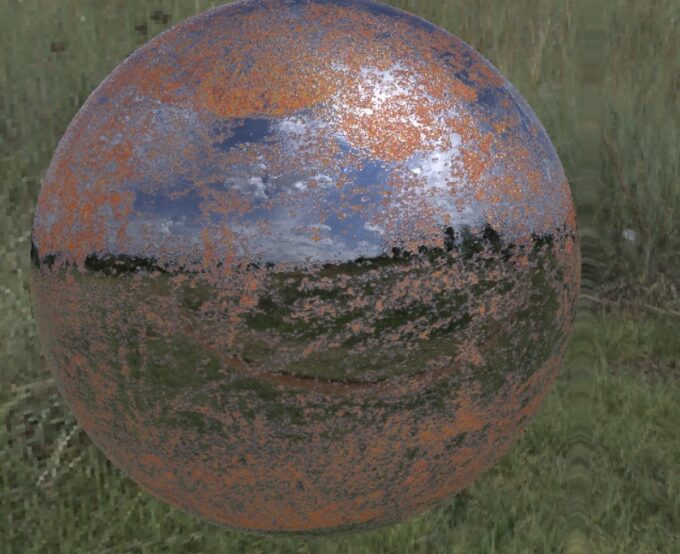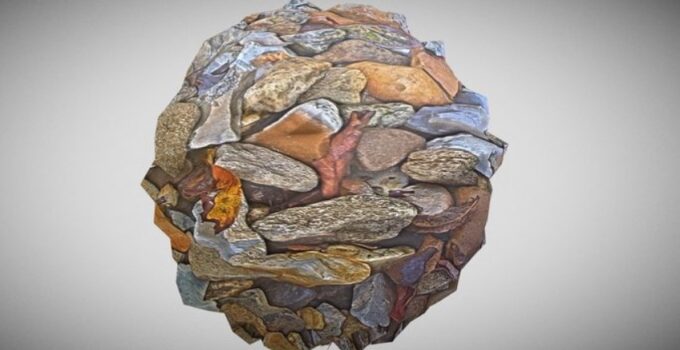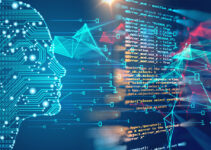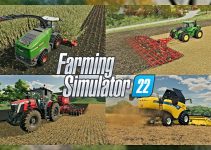Since a few years, many of us have heard about PBR materials. Are you curious about what PBR texturing is? In short, PBR is a methodology instead of a hard principle. It does not have any particular laws and guidelines but maintains different enactments. However, the type of map and workflow utilized can differ.
Do you want to know more about how to create PBR textures? In that case, you are at the right place because we will show how the PBR texturing is developed in this guide. In addition to that, we have incorporated other essential information, including benefits as well.
Introduction To PBR Texturing

Source: artstation.com
PBR stands for Physically Based Rendering, which is a texture workflow. It imitates how light responds with a prototype and strives to reproduce real-life substances. PBR is quite popular in several 3D Software and games. Besides that, this workflow is now extensively recognized in the CG field.
One of the best characteristics of the PBR is the introduction of a standardized procedure of texturing 3D models. Hence, despite the type of programs you use to make them, they will always respond to lighting. PBR Texturing is the procedure of developing digital 2D pictures that save surface and color data, which will launch onto a 3D object.
As of now, there are multiple PBR texturing tools that are used in different kinds of fields, such as the fashion industry, graphics content, and many more. In addition to that, the most prominent PBR workflows utilized are Metallic (Roughness) and Specular (Gloss). Based on the type of workflow you use will determine which maps are utilized.
If you would like to see some of the best examples of the PBR textures, it is best to check out cgrepo.com, where there are plenty of different designs. You can select them in preferred sizes and download them freely in premium-quality 1k textures in jpg format.
How Are PBR Textures Developed?

Source: cm-labs.com
The PBR textures appear with numerous types of maps, which artists use to portray several properties of a surface. There are several ways to create PBR textures, but many of these textures are developed in two primary methods: photographed or procedurally generated.
The photographed textures are formulated by capturing numerous photos of a covering from an up-down perspective. By fastening those pictures jointly, it is possible to make them tileable which builds different map types. There are plenty of PBR texture tools that you can use to prepare photographed textures. In addition to that, you can make procedurally generated textures using PBR texturing tools.
The first and foremost thing is that the fundamental substances are created in Toolbag for every surface type. You can make them with a mixture of tiling textures from tools like Megascans, which have calculated data from accessible substances. There are specific other tools for logic and compliance and assist in defining the values.
Developing the primary materials in Toolbag enables you to alter values promptly. Besides that, it gives a relatively detailed preview of the final outcome. Many artists tend to assign the materials immediately to the high poly model. This way, they will obtain a realistic idea of how the PBR texture will appear in the end before executing the ultimate adjustments.
When you have completed establishing the base materials, it is time to bring the values and textures into Photoshop and begin putting them in layers in a practical way. For example, plating at the bottom of the object, adding primer and textured paint, inscribing letters with paint, and ultimately putting the glossy plastic covering. This layering format gives a simple method to show the several materials beneath with easy masks.
For this layering, you can use specific tools like Mari, dDo, and Substance Designer. After setting up the base layers and mixing them together to depict several phases of usage, you can also add a few additional details. For example, you can use the dDo tool to produce a used look and then wrap it off with a decent surface difference in the mask map.
The precise procedure you utilize to develop PBR textures is less significant than the final result. Due to that, you can try various things and determine what fits best for your requirements. But, you must stop using tweaking substances values in order to make them look more fascinating in a certain lighting setting. Utilizing sound base values for the substances can primarily facilitate the procedure, boost consistency, and support reuse on massive projects. Plus, it will make sure that your possession looks incredible regardless of the lighting.
Primary Benefits Of PBR Materials

Source: ejezeta.cl
In this section, we will talk about some of the crucial advantages of PBR materials:
- As of now, it is possible to use a single substance type to depict all typical materials (glossy, diffuse, specular dielectrics, and metals).
- As the format is relatively portable, only some parameters are vital to defining all valid materials totally. Because of that, it is well suitable for real-time and crystal-clear applications.
- Every parameter can differ over the textured item (typically through the usage of UV-mapped textures, which are reasonably suitable for real-time engines). It enables you to emulate a blend of various substance types with only one PBR material.
- Though it primarily depends on texture maps, the setup authorizes more complicated definitions of the parameters (for example, procedural functions). Due to that, it is scalable considering the complexness and flexibility.
- As they are physically based, they adequately fit within typical physically based rendering workflows with no limitations.
- The PBR materials have to look similar in almost every compliant offline or real-time renderers. Hence, it gives a compatible workflow for the artists.
Bottom Line
With a thorough understanding of PBR texture and considering our real-time experience, we have curated this informative guide. Hence, it is relatively noticeable that PBR texturing is not hard, but it requires incredible skills. Plus, you can make great designs which are becoming quite famous in 3D games.







